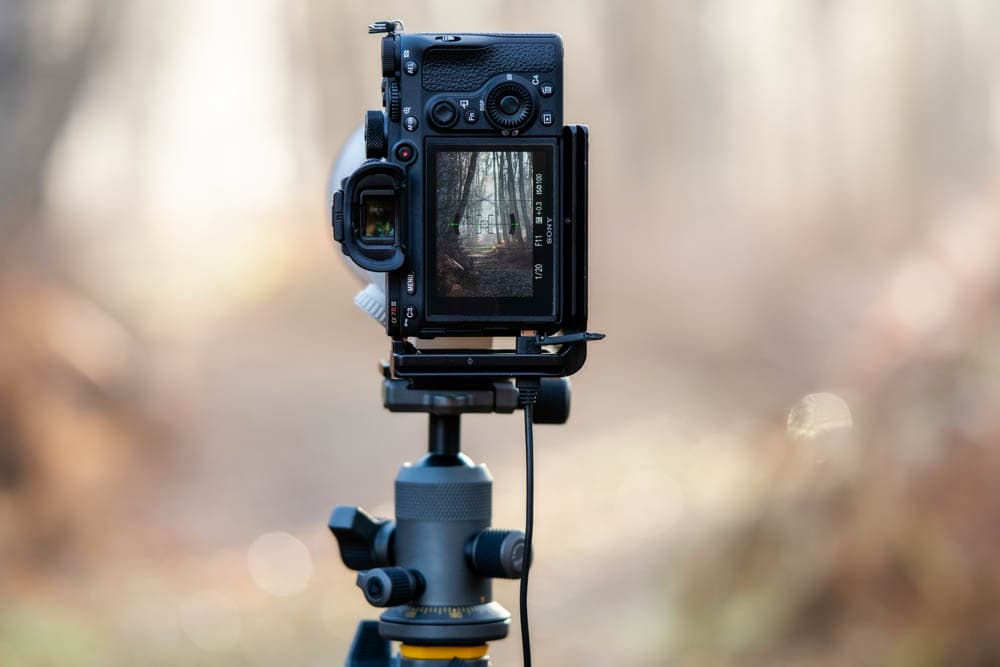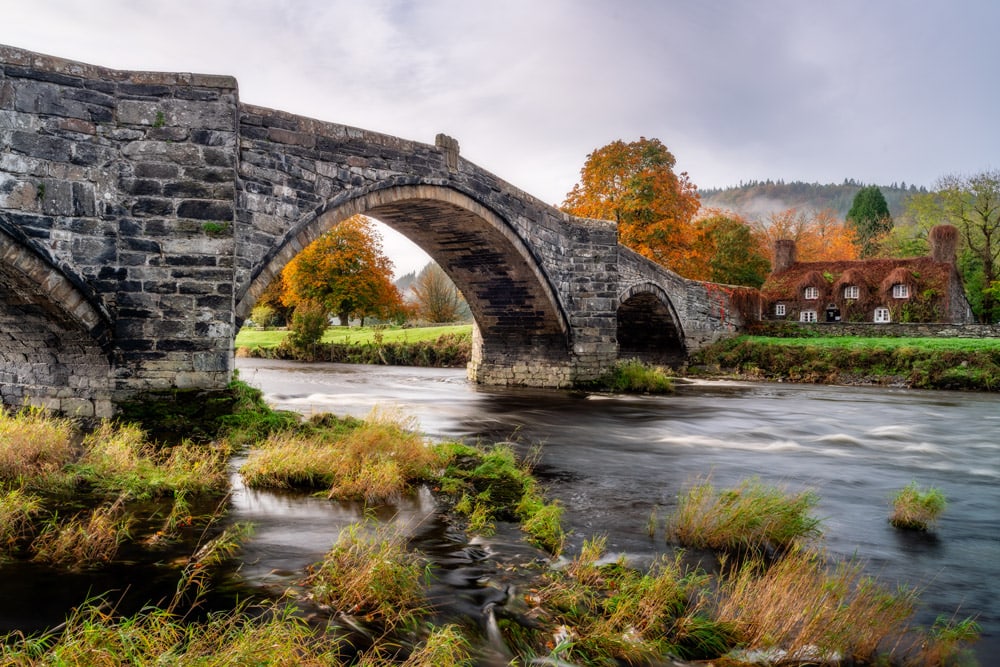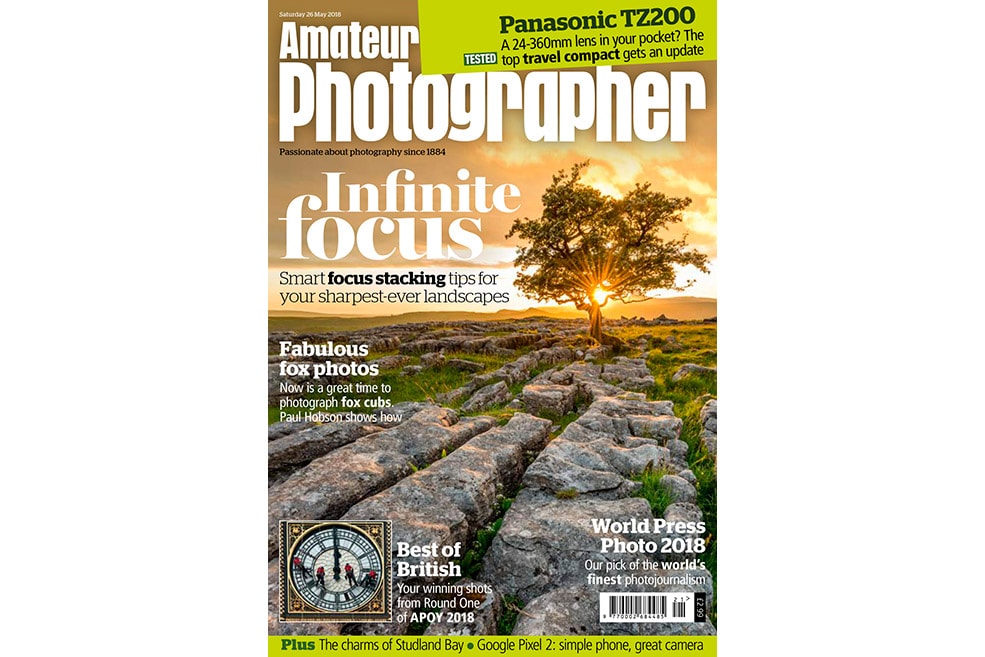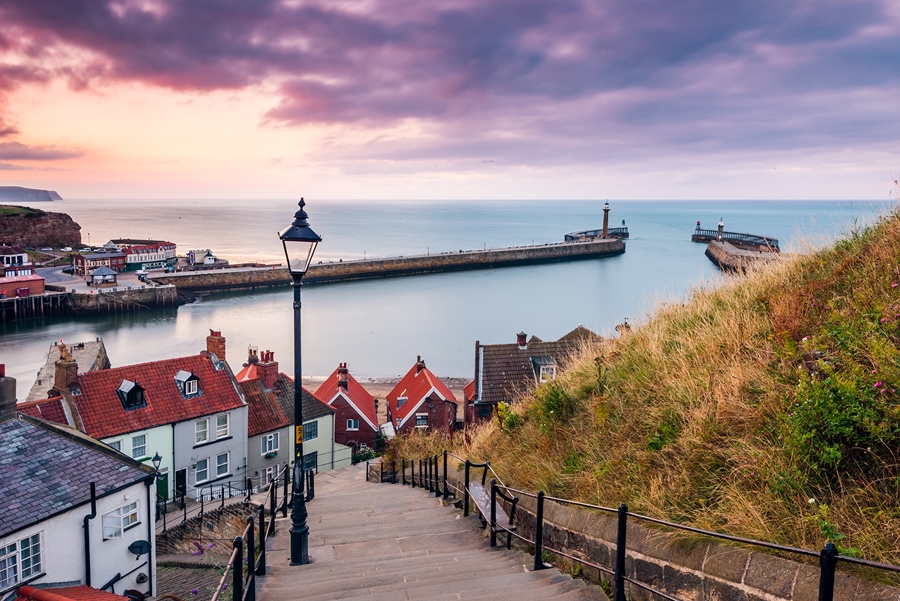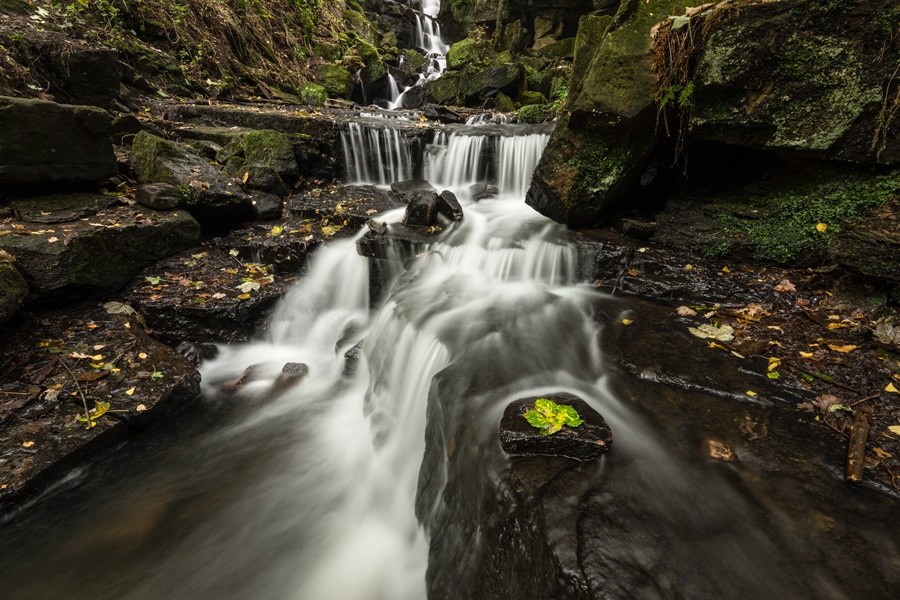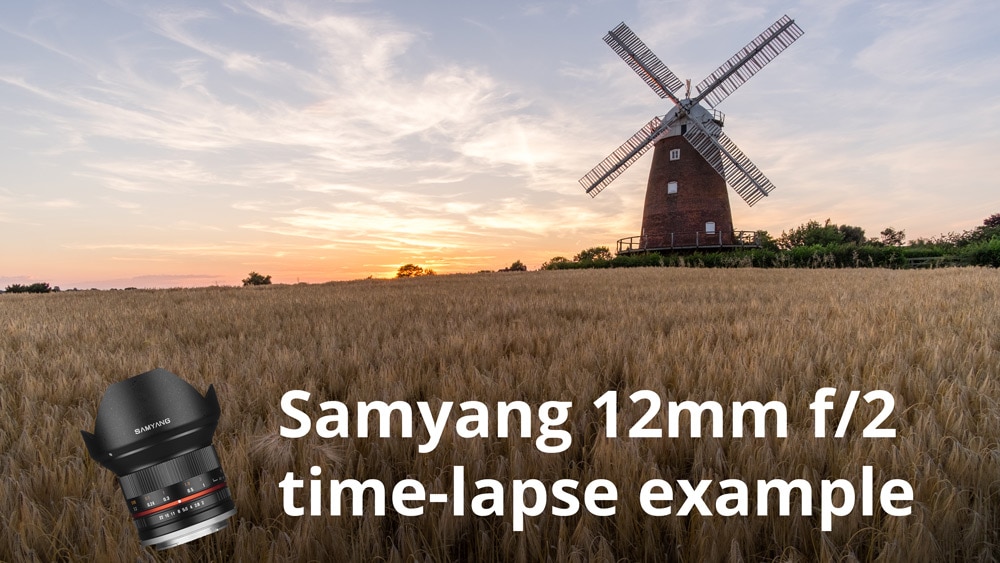Timing is everything when it comes to landscape photography, so to capture landscapes in the best light possible you ideally need to be on location and ready to shoot before, during and after golden hour. Bur while sunrise and sunset are considered the best times to shoot landscapes, they’re far from the only options. Throw the weather into the mix and you may even find that conditions are actually better well after sunrise has taken place. And on a moody and cloudy day, you may even be able to get great results throughout the day.
landscape
Capturing autumn colour
Autumn is a great time for landscape photographers; not least for the explosion of colour that takes place up and down the country, but also because sunrise and sunset times become much more ‘civilised’ now the long days of summer are behind us. But it’s not just landscape photographers who are out in force, autumn is also a popular season for macro and nature photographers, and this autumn I’ve been out as much as possible shooting both landscapes and macro photography.
Kinder Scout & Edale time-lapse
Shooting time-lapse photography is something I often use my second camera for while shooting landscape photography at sunrise and sunset. This time-lapse shows cloud coming over Kinder Scout in the Peak District before dispersing with the Edale Valley in the foreground. To watch the time-lapse take a look at the video below.
Amateur Photographer magazine cover 14 July 2018
One of my landscape photography images of Tŵr Mawr lighthouse on Ynys Llanddwyn on Angelsey in North Wales was used on the cover of the 14 July 2018 issue of Amateur Photographer magazine. The cover image was used to accompany a technique feature I produced for the magazine covering how to shoot and edit tasteful HDR images. See a larger version of the front cover, the original image and the HDR article below.
Amateur Photographer magazine cover 26 May 2018
For any photographer, getting your images on the front cover of a magazine is something that never loses its charm. I was delighted to have one of my landscape images taken at Winskill Stones in the Yorkshire Dales, features on the cover of the 26 may 2018 issue of Amateur Photographer magazine. The cover image was used to accompany a technique feature covering focus stacking in landscape photography. See a larger version of the front cover and the focus stacking article below.
Moody landscape photography
Moody landscape photography is equally as popular as bright and colourful landscapes because let’s face it, the weather doesn’t always play ball when you’re out shooting. In this short guide we’ll take a look at some of the key elements of shooting moody landscapes, as well as an editing technique that’s guaranteed to make your moody landscapes more dramatic than ever before.
Camera kit I use for landscape photography
I often get asked what kit I use for shooting different photographic subjects, and one that comes up regularly is landscape gear. For this type of photography I like to keep things as light as possible because there’s often a lot of walking involved. And if I’m camping as well as hiking, I even take less kit with me – just the bare essentials. Below you’ll see my most essential kit, which is minimal to say the least. But why carry what you don’t need?
Make your sunrise and sunset shots pop
Learn how to make your sunrise and sunset images pop with this simple colour enhancement technique. By using either natural colour sampled from the image or adding a similar tone selected from the Color Picker in Photoshop, you can make your golden hour shots even more eye-catching while maintaining a natural appearance.
How to focus stack images in Photoshop
Focus stacking is the perfect way to ensure your landscape shots are pin-sharp from the front of the image, all the way to the back. Learn how easy it is to blend focus stacked images together using Photoshop’s intelligent automated functions. This tutorial focuses on blending landscape images together in Photoshop, with a small amount of shooting advice.
Samyang 12mm f/2 time-lapse
This is a time-lapse shot on Fujifilm X-T1 and Samyang 12mm f/2.0 lens. This was to test how well the Samyang lens performed in this demanding type of shooting situation.

